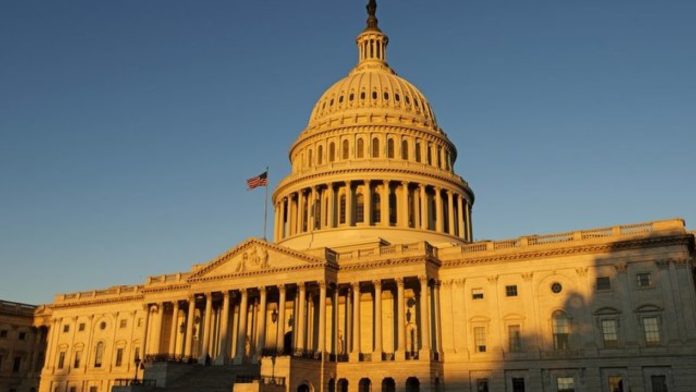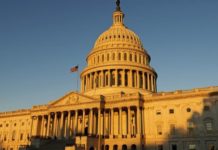
Encouraging retirement savings is a laudable goal, and the House recently overwhelmingly passed bipartisan legislation to that effect; “Securing a Strong Retirement Act of 2022,” is often referred to as SECURE 2.0 because it builds, in certain respects, on the successful bipartisan SECURE legislation enacted in 2019. A careful examination of the proposed legislation finds many good provisions, but also bad ones needing elimination or modification in the Senate version. Of most concern is the major financing feature (the “pay-for”) used to achieve budget neutrality; it is a gimmick that should be replaced.
First, the good. Under SECURE 2.0, the age to begin required distributions from retirement plans and IRAs is increased to 75 from the current 72. This increase is a long overdue recognition of the higher life expectancy of senior Americans and their extended working lives. For many, the retirement drawdown need not start as early as in the past and should last longer. Similarly, certain barriers to life annuities are removed, encouraging the innovative use of these longevity security instruments in retirement plans. To give more flexibility to workers whose available earnings rise later in life as family financial obligations subside, there is also an increase at ages 62, 63 and 64 in the allowable extra post-age-50 “catch-up” contributions to retirement plans, and an indexing of the IRA catch-up limits. At the other end of the life cycle spectrum, the legislation allows employers to make matching contributions to a retirement plan for workers who are paying back student loans. This too is a reasonable recognition of the liquidity constraints under which many younger workers increasingly operate, while still needing to start saving for retirement.
Second, the bad. SECURE 2.0 contains two special interest provisions at odds with fair tax policy. It increases the limits of qualified charitable distributions from retirement plans. This is a giveaway to the wealthy who won’t pay taxes on a substantial distribution. It also excludes from taxes certain disability-related retirement payments to first responders. This is unfair to other workers, and invites an eventual large loss in tax revenue if and when it is expanded.
Third, what needs fixing or delaying. The legislation requires all new 401(k) plans to implement automatic enrollment and contribution escalation features. In other words, employees would be automatically enrolled in their employer’s retirement plan, and the minimum initial employee contribution of 3 percent of pay would increase by 1 percent each year until reaching 10 percent, with an option for the employee to opt-out. The logic here is that some workers are slow to start saving, don’t contribute enough, need strong encouragement, and will not opt-out or increase borrowing as contributions are increased for them. For low-wage workers, 10 percent is a big ask, and unless Social Security is extensively cut back for them when it is inevitably reformed, this lifetime level of contribution is not needed for their retirement security. Similarly, a proposal to increase and expand individual retirement savings, whereas the federal government would subsidize the retirement contributions of low- and middle-income workers should wait until future Social Security reforms are known. One possibility for low-wage workers could be the creation of personal retirement accounts partially supported by the federal government.
A proposed online searchable database housed at the Department of Labor should also be delayed. It would allow individuals with benefits and accounts from past private sector employers to contact plan administrators or IRA trustees when searching for old accounts. While reasonable, it is dependent on plan sponsors reporting data accurately and completely. Right now, this often inaccurate and incomplete data is available from the Social Security Administration. This proposal needs to be better evaluated and coordinated.
Finally, the “pay-for” is a budget gimmick. The primary source of funding for SECURE 2.0 is the conversion of all catch-up contributions (post-age-50) to a Roth tax treatment. That is, instead of those contributions being currently deducted from taxable income and taxed when distributed, they would be currently taxed instead of being taxed upon distribution. This timing differential results in temporary budget savings to the federal government, but will be unpopular and unfamiliar to many workers, particularly the older ones who use and benefit from catch-up contributions now. Also, because the budget savings from a Roth treatment turn to losses in the long-run, any permanent increases in SECURE 2.0 spending are not truly funded. Instead, the legislation should employ real and fair revenue sources: from a simplification of the minimum distribution requirements, to a further tightening of the IRA inheritance rules, for example.
In short, to achieve the laudable policy goal of encouraging retirement savings, the Senate needs to keep the good provisions, remove the bad ones, and delay others while finding the relatively modest level of revenue needed for SECURE 2.0.
Mark J. Warshawsky is a Senior Fellow at the American Enterprise Institute. He is a former Deputy Commissioner for Retirement and Disability Policy at the Social Security Administration.






